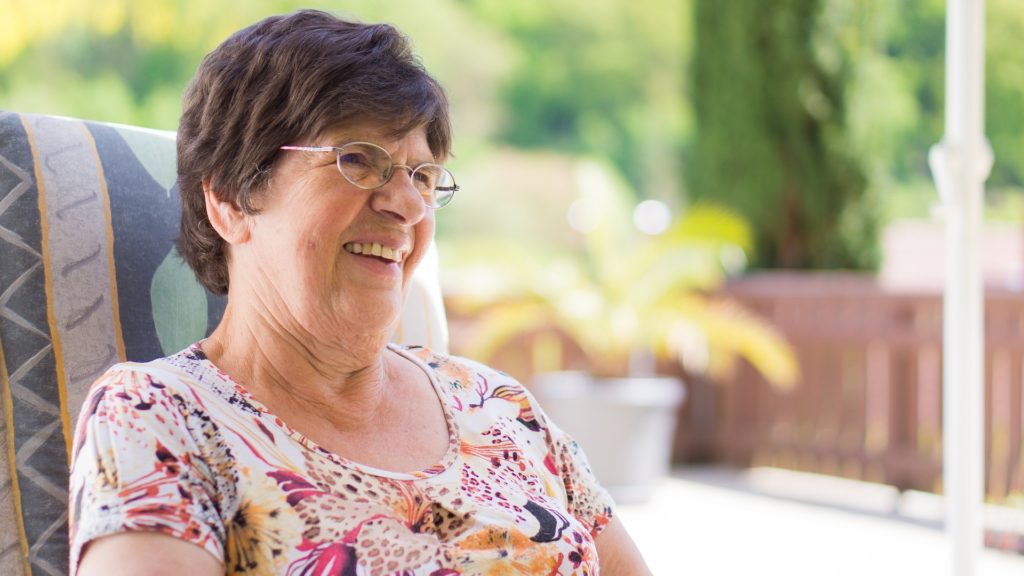Inevitably, our parents will reach a point when they can no longer care for themselves. If old age, a disability or the death of a spouse has made independent living impossible for a loved one, you may have considered moving them into your home. Today, such an event can be particularly taxing on caregivers because, as research shows, the combined effect of families having children later in life and people living longer puts more and more adults in the difficult situation of having to care for their children and their parents simultaneously. If you are facing such a challenge, then consider these pointers for helping you ease the transition.

Photo by Pixabay
Make the necessary home modifications
First, you will need to prepare your home for the arrival of your loved one. Start by designating an appropriate room for them. Choose one that is accessible to the home’s entrance and, most importantly, to a bathroom. You will need to declutter the space and remove rugs or other items that could present tripping hazards. Make the room inviting by decorating it with familiar items and photos.
Certain modifications to the home can make it safer and more comfortable for them. If there are stairs at your home’s entrance, you may want to have ramps installed if your loved one cannot take the stairs. This could cost you on average $1500-$3250, but, depending on the situation, it could make life much easier for the whole family.
While a walk-in tub is a nice bathroom feature, save yourself the expense of having one installed. Whether you have a tub or walk-in shower, there are simpler and less expensive ways to make bathing safer. Install safety bars on the walls and safety strips on the floor of the tub or walk-in shower to prevent falls. Use a chair inside of the tub or shower. And a bathtub transfer bench will make entering and exiting the tub easier and safer.
Moving is less stressful if you get help
While you’re busy preparing the house for your loved one’s arrival, enlist a friend or young family member to help them pack. They will need to assist your relative with deciding what to bring with them and then help them sell, donate or store the remaining items.
If you are juggling a job and parenthood, you may not be able to handle the move yourself, so you may want to consider hiring movers. If you leave moving day to the professionals, it will take the burden of packing and moving off of your shoulders, and will make the process of unpacking simpler, since the movers will have a system for keeping everything organized for you. It will also reduce the risk of someone getting injured and allow you to focus on what’s most important – caring for your family. Moving your loved one doesn’t have to cost much, and because it will make the whole experience much less stressful for you and your loved one, it will be money well-spent.
Delegate responsibilities
Once your relative has moved in, prevent caregiver stress syndrome by delegating responsibilities. One person can only do so much, so make sure everyone in the house contributes. Ask your spouse to take on some additional household chores and to assist with caregiving. Your children may also be able to help, but be careful not to give them too much responsibility, as it could have negative consequences for them. If your senior relative is healthy enough, they may even be able to help with certain tasks, like helping with homework or setting the table.
If it is time for your aging or disabled family member to move in with you and your family, you may worry about the stress it might cause. Make the process easier by asking other family members to help with packing while you prepare your home for your loved one’s arrival. For moving day, hire movers to do the heavy lifting and take the burden off of your hands. Lastly, if everyone pitches in, then no one person will become overburdened with responsibility. And don’t forget to enjoy and appreciate all of the quality time you will now have with your loved one!